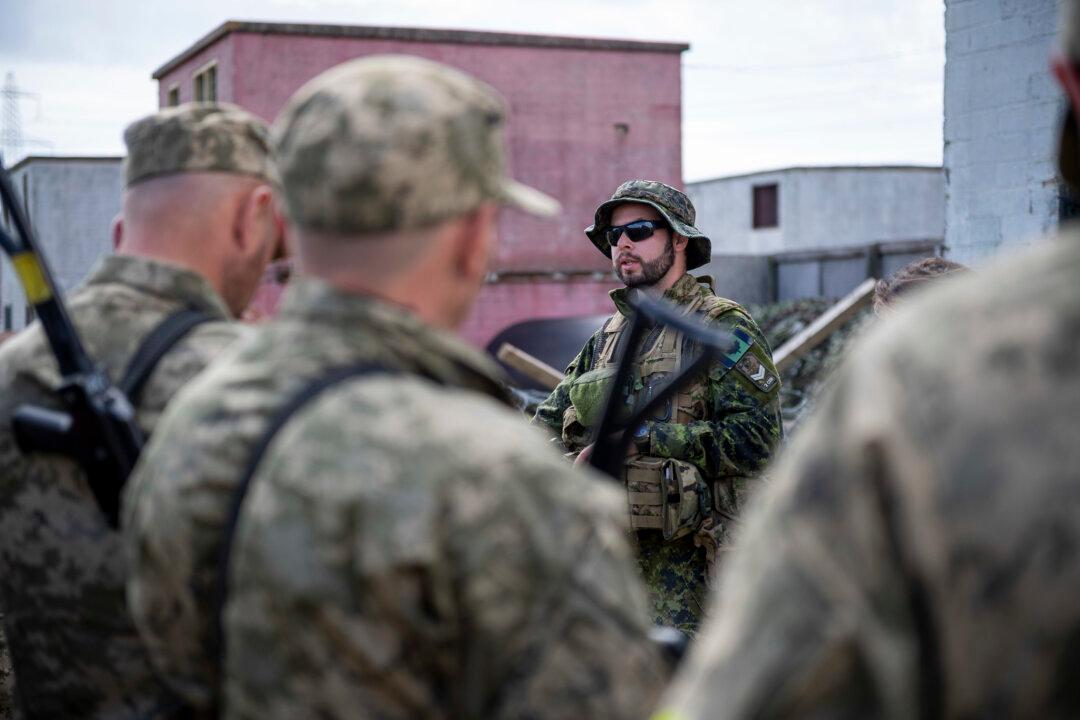The United States has no plans to send military trainers to Ukraine, Gen. Charles Brown, chairman of the U.S. Joint Chiefs of Staff, has said.
“Right now, there are no plans to bring U.S. trainers into Ukraine,” he told reporters on May 20.

The United States has no plans to send military trainers to Ukraine, Gen. Charles Brown, chairman of the U.S. Joint Chiefs of Staff, has said.
“Right now, there are no plans to bring U.S. trainers into Ukraine,” he told reporters on May 20.